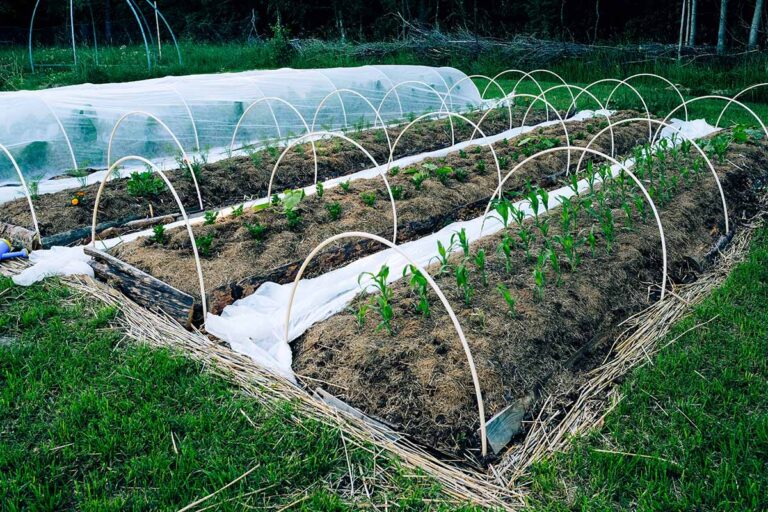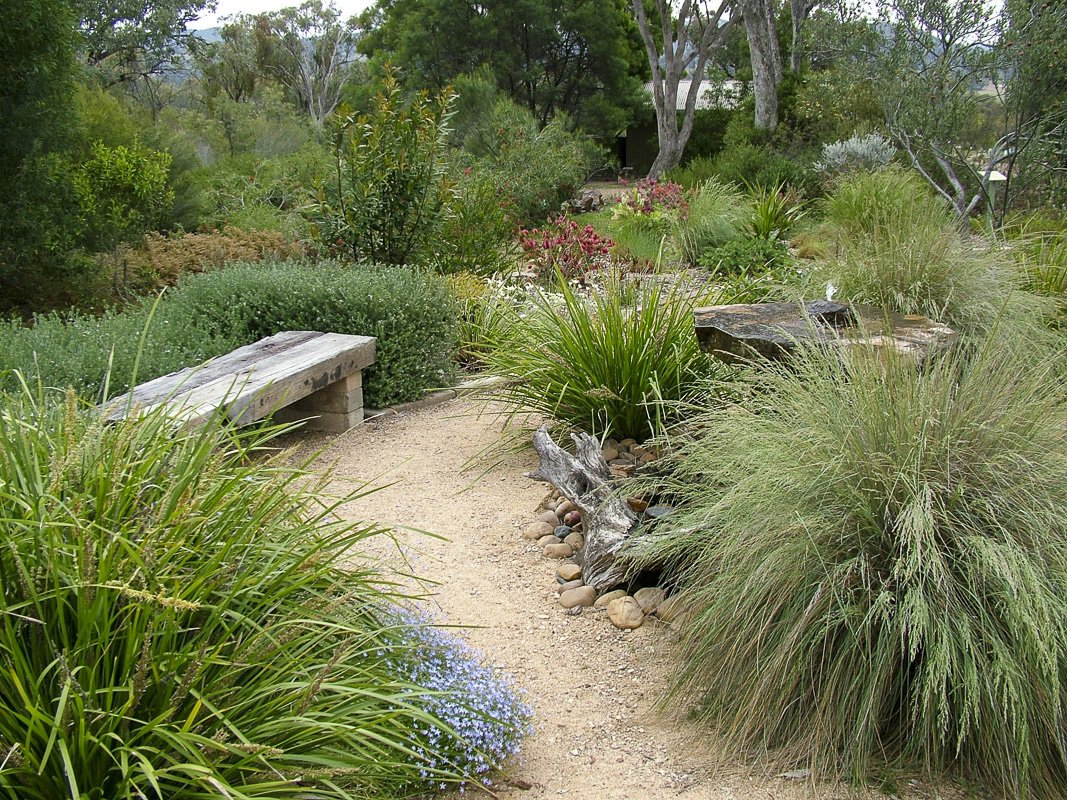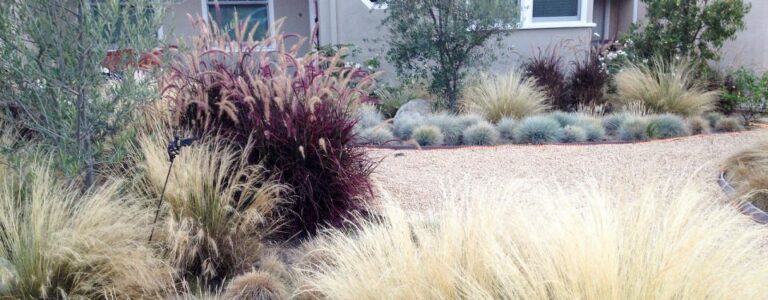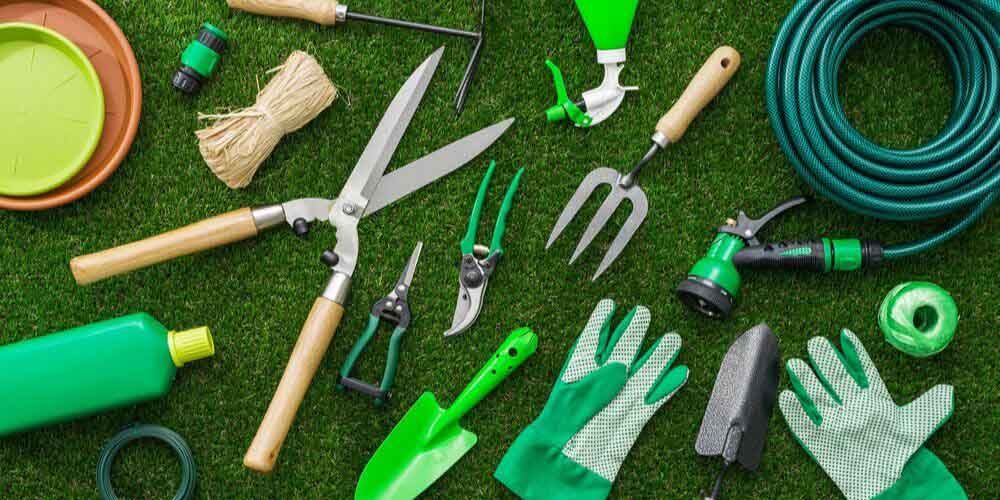
Introduction: Reimagining the Garden with No-Till
For generations, the rhythm of gardening has been dictated by the relentless churn of the soil – tilling, turning, and cultivating. But what if there was a better way? A way that not only simplified the process but also amplified the health and vitality of your garden? Welcome to the world of no-till gardening, a revolutionary approach that prioritizes the natural processes of the earth, fostering a thriving ecosystem beneath your feet.
No-till gardening, also known as no-dig gardening, is a method of cultivating plants without disturbing the soil through tilling. This technique offers a plethora of benefits, from improved soil structure and water retention to reduced labor and a healthier environment for beneficial organisms. This comprehensive guide delves into the heart of no-till gardening, exploring its techniques, benefits, and practical applications, empowering you to transform your garden into a haven of life and productivity.
Understanding the Foundations of No-Till Gardening
At its core, no-till gardening is about working with nature, not against it. It’s about recognizing that the soil is not merely a medium for plant growth, but a complex and dynamic ecosystem teeming with life. By minimizing soil disturbance, we allow this ecosystem to flourish, resulting in healthier plants and a more resilient garden.
The key principles of no-till gardening include:
- Minimizing Soil Disturbance: This is the cornerstone of the practice. Avoid tilling, digging, and other activities that disrupt the soil structure.
- Building Soil Health: Focus on improving soil fertility and structure through the addition of organic matter, such as compost, mulch, and cover crops.
- Promoting Biodiversity: Encourage a diverse range of plants and organisms in your garden to create a balanced and resilient ecosystem.
- Cover Cropping: Utilize cover crops to protect the soil, suppress weeds, and add organic matter.
Benefits of Embracing No-Till Gardening
The advantages of no-till gardening are numerous and far-reaching, impacting both your garden and the environment:
- Improved Soil Structure: Tilling destroys the natural structure of the soil, breaking down aggregates and compacting the soil. No-till methods preserve and enhance soil structure, creating a more porous environment that allows for better water infiltration, drainage, and root growth.
- Enhanced Water Retention: Healthy soil, rich in organic matter, acts like a sponge, absorbing and retaining water more effectively. This reduces the need for frequent watering and makes your garden more drought-tolerant.
- Reduced Weed Growth: By covering the soil with mulch and other organic materials, no-till gardening smothers weed seeds, preventing them from germinating and competing with your plants.
- Increased Soil Fertility: The addition of organic matter, such as compost and cover crops, provides essential nutrients to the soil, enriching it and improving its fertility.
- Enhanced Biodiversity: No-till gardening creates a favorable environment for beneficial organisms, such as earthworms, fungi, and bacteria, which play a crucial role in soil health and plant growth.
- Reduced Labor: No-till gardening requires less physical effort than traditional methods, as you eliminate the need for tilling and weeding.
- Reduced Erosion: The undisturbed soil surface is less susceptible to erosion, protecting your valuable topsoil from wind and water damage.
- Improved Carbon Sequestration: No-till gardening helps to sequester carbon in the soil, contributing to the fight against climate change.
Getting Started: Essential No-Till Gardening Techniques
Embarking on your no-till journey can seem daunting at first, but it’s a surprisingly simple process. Here are some key techniques to get you started:
1. Site Preparation
Before you plant, you’ll need to prepare your garden bed. If you’re starting with a lawn or a weedy area, you’ll need to suppress the existing vegetation. Here are a few options:
- Sheet Mulching (Lasagna Gardening): This is a popular and effective method for smothering weeds and building soil fertility. Layer cardboard or newspaper over the existing vegetation, then add layers of organic materials, such as compost, manure, and straw.
- Solarization: Cover the area with clear plastic sheeting to trap the sun’s heat, effectively killing weeds and weed seeds.
- Hand Weeding: If the area is relatively small and the weeds are manageable, you can remove them by hand.
2. Soil Amendment
No-till gardening relies on building healthy soil. The following amendments are your allies:
- Compost: The cornerstone of organic gardening. Add a thick layer of compost to your garden bed each year to improve soil fertility and structure.
- Manure: Well-rotted manure provides essential nutrients and improves soil structure.
- Cover Crops: Plant cover crops, such as clover, rye, or oats, to protect the soil, suppress weeds, and add organic matter.
- Mulch: Mulch is your best friend in no-till gardening. It suppresses weeds, conserves moisture, and adds organic matter to the soil.
3. Planting Techniques
Planting in a no-till garden requires a slightly different approach than traditional methods. You’ll need to create small openings in the mulch layer to plant your seeds or seedlings. Here are some tips:
- Direct Seeding: Gently push the mulch aside and sow your seeds directly into the soil.
- Transplanting Seedlings: Dig a small hole in the soil, plant your seedling, and then replace the mulch around the base of the plant.
4. Mulching Strategies
Mulch is essential for no-till gardening. It helps to conserve moisture, suppress weeds, and add organic matter to the soil. Here are some popular mulching materials:
- Straw: A readily available and effective mulch.
- Wood Chips: Great for pathways and around trees and shrubs.
- Compost: Can be used as a mulch, adding nutrients to the soil.
- Leaf Mold: Excellent for improving soil structure and fertility.
Step-by-Step Guide to Implementing No-Till Gardening
Let’s break down the process into manageable steps:
- Assess Your Site: Evaluate your soil type, sunlight exposure, and existing vegetation.
- Clear the Area: Remove any existing weeds or grass using one of the methods described above.
- Amend the Soil: Add a generous layer of compost and other organic amendments to your garden bed.
- Add Mulch: Cover the soil with a thick layer of mulch, such as straw or wood chips.
- Plant Your Seeds or Seedlings: Create small openings in the mulch to plant your seeds or seedlings.
- Water Regularly: Water your plants as needed, paying attention to the soil moisture level.
- Weed Sparingly: Hand-pull any weeds that emerge, being careful not to disturb the soil.
- Replenish Mulch: Add more mulch as needed to maintain a thick layer.
- Observe and Learn: Pay attention to your plants and soil, and adjust your techniques as needed.
Specific No-Till Gardening Techniques for Different Scenarios
No-till gardening is adaptable to a variety of situations. Here’s how to approach different scenarios:
No-Till Gardening on Lawns
Converting a lawn to a no-till garden requires a bit more effort. You’ll need to suppress the grass before you can start planting. Sheet mulching is an excellent method for this. Cover the lawn with cardboard or newspaper, then add layers of compost, manure, and straw. Allow this to decompose for several months before planting.
No-Till Gardening in Raised Beds
Raised beds are ideal for no-till gardening. They provide excellent drainage and are easy to manage. Simply layer organic materials in the beds, and plant your seeds or seedlings directly into the amended soil. Mulch generously.
No-Till Gardening in Containers
No-till gardening can also be practiced in containers. Use a high-quality potting mix and amend it with compost and other organic materials. Mulch the surface of the soil to conserve moisture and suppress weeds.
No-Till Gardening in Existing Gardens
If you already have a garden, you can transition to no-till by gradually reducing your tilling and incorporating more organic matter. Start by adding a layer of compost and mulch each year. Over time, the soil will improve, and you’ll be able to eliminate tilling altogether.
Common Mistakes to Avoid in No-Till Gardening
While no-till gardening is relatively simple, there are a few common mistakes to avoid:
- Tilling the Soil: This is the cardinal sin of no-till gardening. Avoid disturbing the soil at all costs.
- Using Chemical Fertilizers: Chemical fertilizers can disrupt the natural balance of the soil and harm beneficial organisms. Stick to organic amendments.
- Not Adding Enough Organic Matter: Organic matter is the key to success in no-till gardening. Add plenty of compost, manure, and other organic materials.
- Not Mulching Properly: Mulch is essential for weed control, moisture conservation, and soil improvement. Use a thick layer of mulch.
- Overwatering: No-till gardens tend to retain moisture better than tilled gardens. Be careful not to overwater your plants.
- Ignoring Soil Health: Regularly monitor your soil health and make adjustments as needed.
Troubleshooting Common No-Till Gardening Challenges
Even with the best practices, challenges can arise. Here’s how to troubleshoot them:
Weed Problems
Weeds can be a challenge in any garden. If you’re having weed problems, try these solutions:
- Increase Mulch Depth: Add a thicker layer of mulch to suppress weed seeds.
- Hand-Pull Weeds Regularly: Remove any weeds that emerge before they have a chance to set seed.
- Use Cover Crops: Plant cover crops to compete with weeds.
Pest and Disease Issues
Pests and diseases can also be a problem in no-till gardens. Here’s how to address them:
- Promote Biodiversity: Encourage a diverse range of plants and organisms to create a balanced ecosystem.
- Use Companion Planting: Plant companion plants to deter pests and diseases.
- Monitor Your Plants: Regularly inspect your plants for signs of pests or diseases.
- Use Organic Pest Control Methods: If necessary, use organic pest control methods, such as insecticidal soap or neem oil.
Soil Compaction
Soil compaction can be a problem in any garden. If your soil is compacted, try these solutions:
- Add Organic Matter: Organic matter helps to improve soil structure and reduce compaction.
- Avoid Foot Traffic: Avoid walking on your garden beds.
- Use Raised Beds: Raised beds provide excellent drainage and are less susceptible to compaction.
Advanced No-Till Gardening Techniques
Once you’ve mastered the basics, you can explore some advanced no-till techniques:
- Building Hugelkultur Beds: Hugelkultur beds are raised beds built on a base of rotting wood. They retain moisture, improve drainage, and provide a slow release of nutrients.
- Using Bokashi Composting: Bokashi composting is a method of fermenting food scraps, which can then be added to your garden as a soil amendment.
- Incorporating Cover Crop Cocktails: Instead of planting a single cover crop, try planting a mix of different cover crops to provide a wider range of benefits.
No-Till Gardening and Sustainability
No-till gardening is a highly sustainable practice. It helps to conserve water, reduce soil erosion, and sequester carbon in the soil. It also reduces the need for chemical fertilizers and pesticides, which can harm the environment. By embracing no-till gardening, you can create a more sustainable and eco-friendly garden.
Conclusion: Embracing the Future of Gardening
No-till gardening is more than just a gardening technique; it’s a philosophy. It’s about respecting the natural processes of the earth and working in harmony with nature. By embracing no-till gardening, you can create a healthier, more productive, and more sustainable garden. It’s a journey of discovery, a chance to connect with the soil, and a way to cultivate a deeper appreciation for the wonders of nature. So, ditch the tiller, embrace the mulch, and embark on a rewarding journey into the world of no-till gardening. Your garden – and the planet – will thank you.


